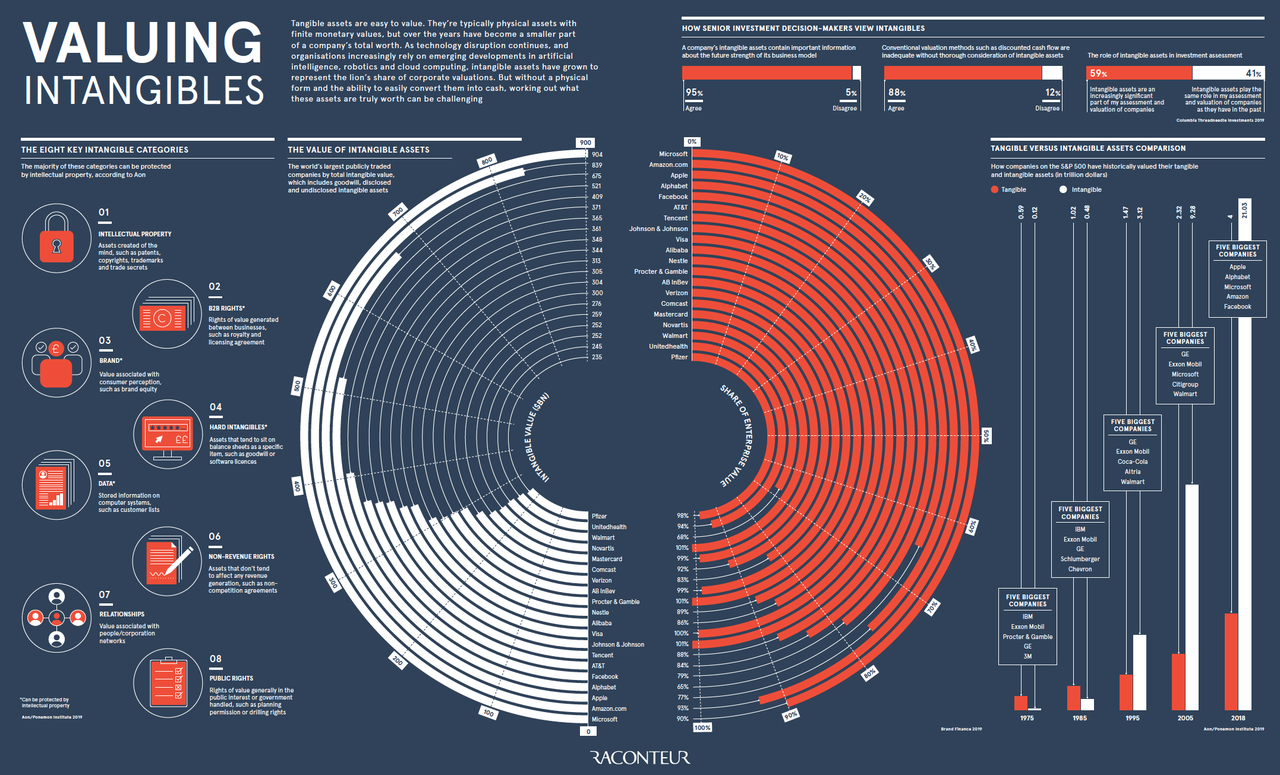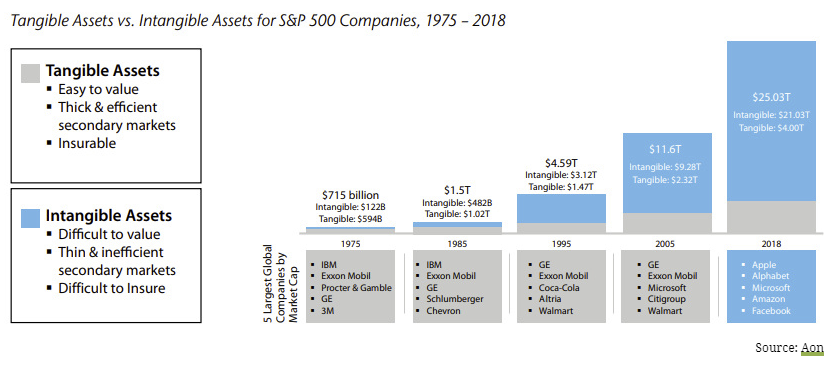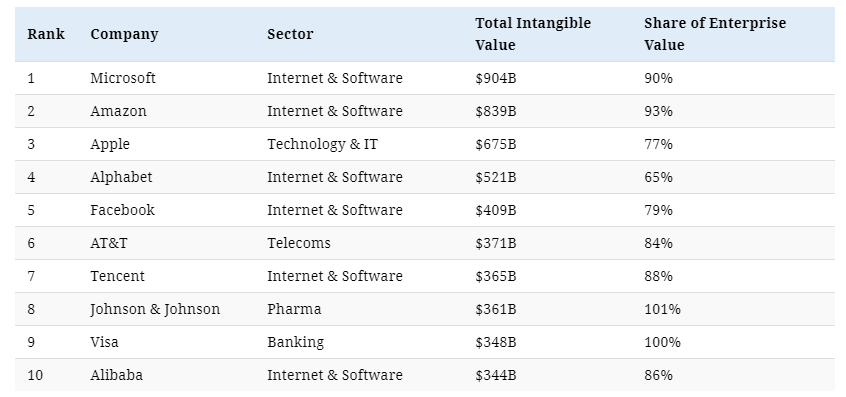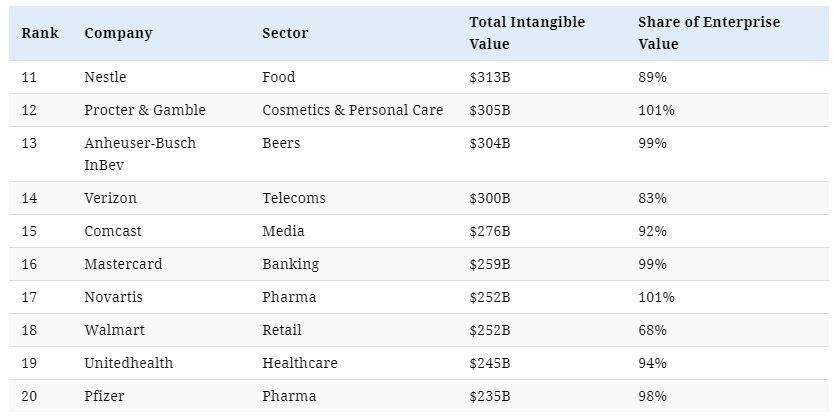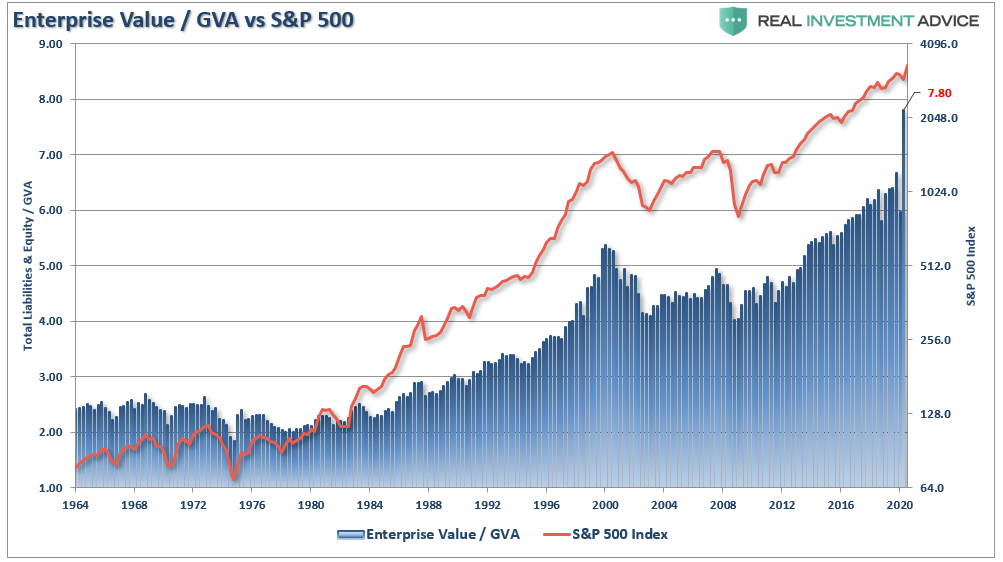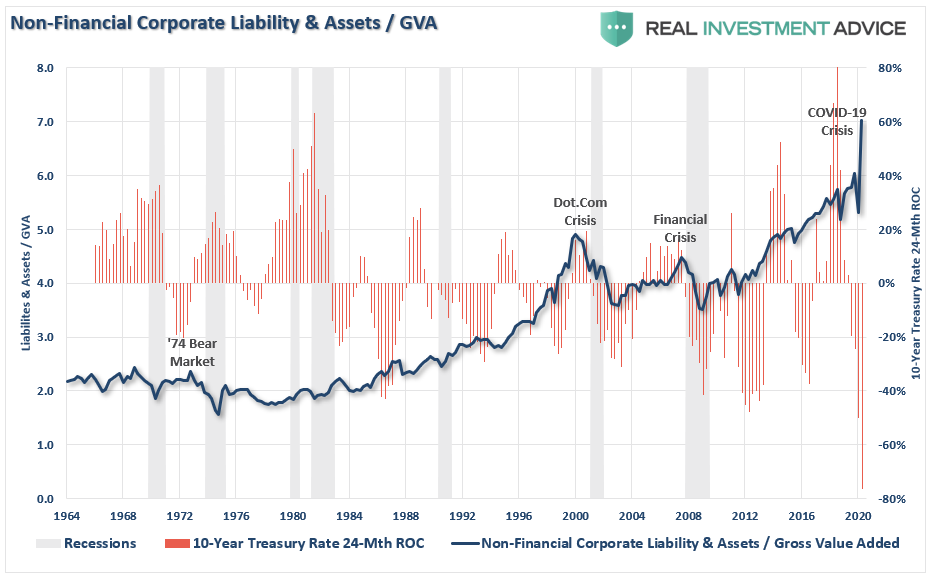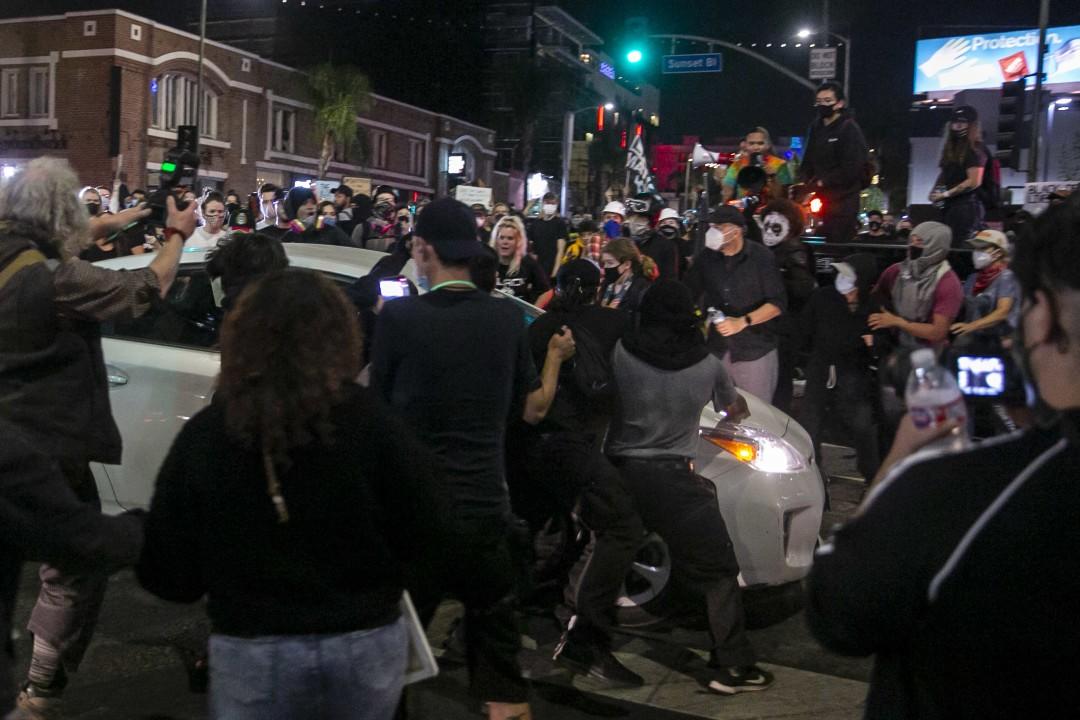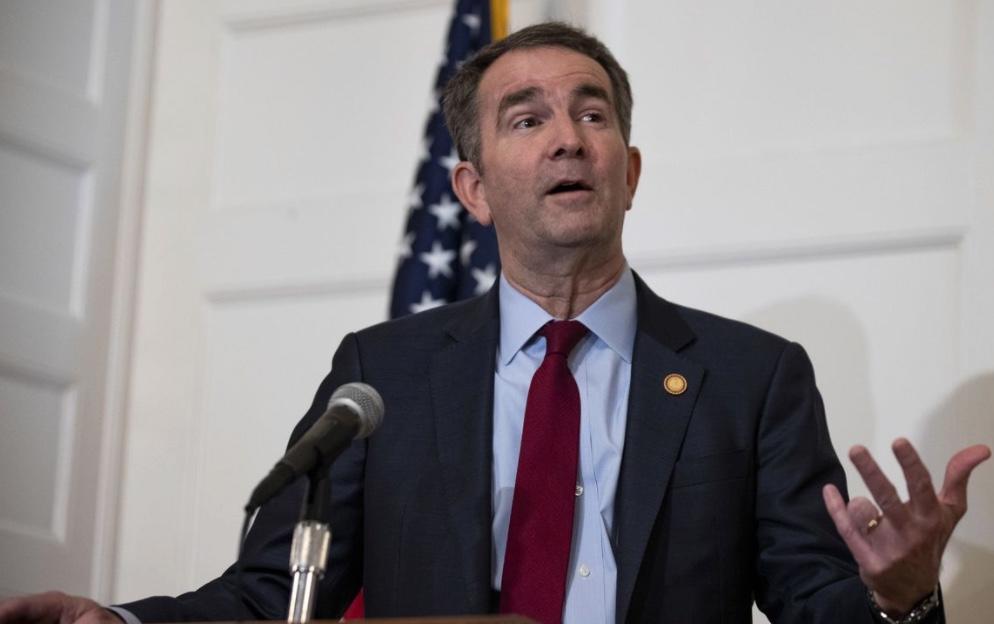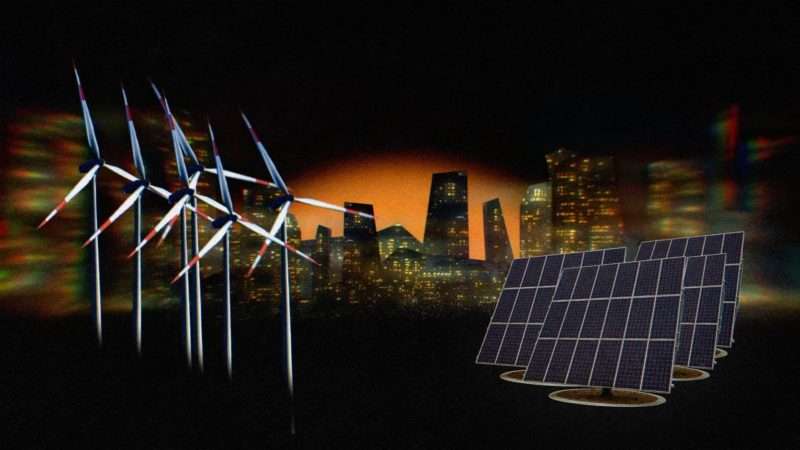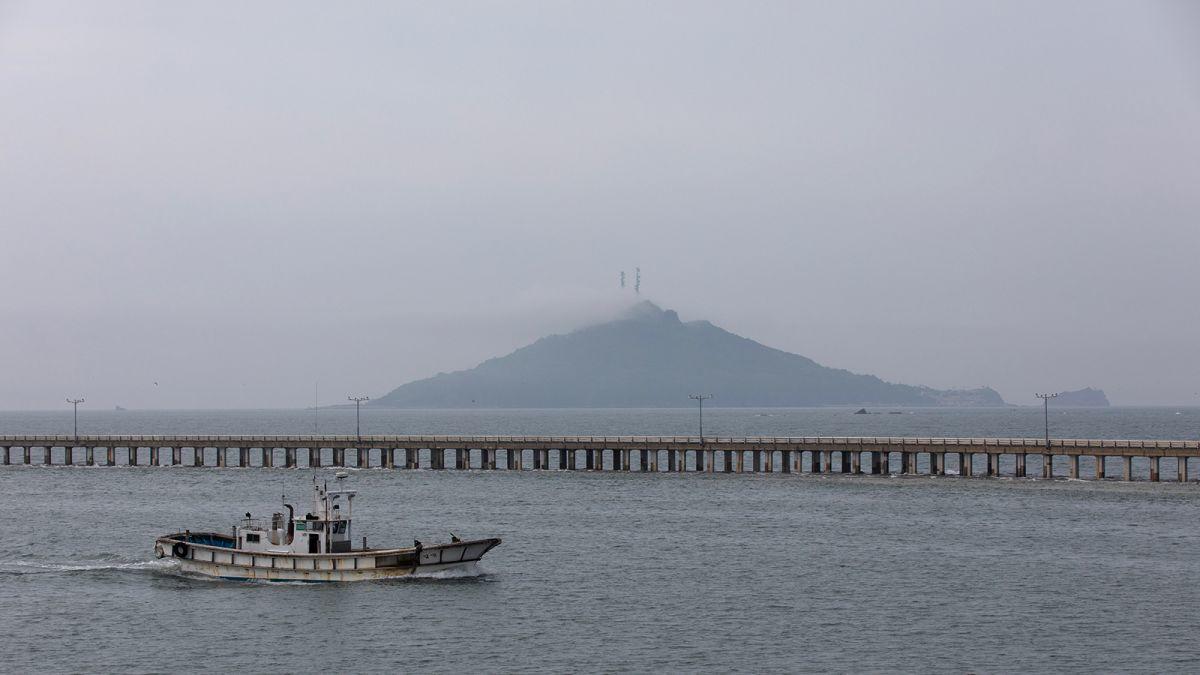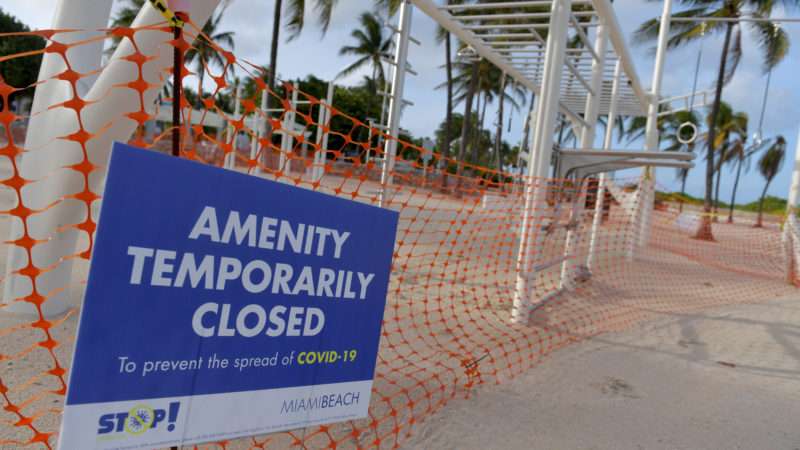
This week, Britain’s government imposed new pandemic restrictions, threatening a second full-scale lockdown if people don’t comply. Israel is already in the midst of renewed strictures on schools, “non-essential” businesses, and other gatherings. Some American officials, too, favor reviving harsh stay-at-home orders in an effort to slow the spread of COVID-19.
Standing in their way is public fatigue with mandated disruptions to life. That rebellious spirit may simultaneously give governments the excuses they seek to impose restrictions while guaranteeing that lockdowns will be vastly less effective than voluntary measures.
In the U.K., where the rules now ban meetings of more than six people from different households, Prime Minister Boris Johnson warned: “If people don’t follow the rules we have set out, then we must reserve the right to go further.”
That he’ll likely have all the excuse he could want “to go further” is clear from Johnson’s own finger-wagging as well as from expert commentary.
“People won’t have the same level of buy-in because of the sense of unfairness that has been built up,” behavioral psychologist Nilu Ahmed told the U.K.’s Metro. “There’s only so much the police can do and it relies on trust and people singing from the same hymn sheet. There was a very definite shift when people in authority were seen as not following the rules.”
That echoes advice the British government received directly from its own Scientific Advisory Group for Emergencies (SAGE). Renewed restrictions are likely to be met by “silent compliance, critical compliance or visible resistance,” the group cautioned in June. “There has been an increase in resistance to social distancing measures in recent weeks,” SAGE added, with COVID concerns competing with other priorities for people’s attention.
Israel’s government received similar warnings when it imposed a new lockdown last week. “A lockdown will kill those businesses who have only just recovered,” insisted opposition leader Yair Lapid. “I’m against civil disobedience but the public won’t obey the rules. For five months the government has driven them crazy.”
Sure enough, Israeli police promptly issued nearly 7,000 citations for violations of the lockdown. Still, that was mild compared to the sometimes violent confrontations that came with earlier enforcement efforts.
So far, most jurisdictions in the United States have resisted urgings to further limit gatherings and close businesses as part of the effort to slow coronavirus spread. Many places—including California and Texas—have been loosening rules rather than tightening them.
But that trend is bucked elsewhere. Utah imposed new restrictions in Provo and Orem, two cities with rising caseloads. Almost simultaneously, Wisconsin’s governor declared a new health emergency and ordered state residents to wear masks in public.
Some officials openly support renewed restrictions, despite an obvious lack of public patience for them.
“We’re looking at 40,000 new cases per day. That’s unacceptable,” Anthony Fauci, director of the National Institute of Allergy and Infectious Diseases, commented this week.
Fauci objected earlier this month to loosened controls on indoor activities and warned that life won’t return to normal until “towards the end of 2021.”
Likewise, Democratic presidential candidate Joe Biden wants a national mask mandate. “The question is whether I have the legal authority or not,” he concedes. “I think I do. If I did, I would” issue an order.
Even before reported cases of COVID-19 ticked up recently (deaths attributed to the disease remain flat), Neel Kashkari, president of the Federal Reserve Bank of Minneapolis, joined with Michael T. Osterholm, director of the Center for Infectious Disease Research and Policy at the University of Minnesota, to demand a lockdown for the whole country.
“We should mandate sheltering in place for everyone but the truly essential workers. By that, we mean people must stay at home and leave only for essential reasons: food shopping and visits to doctors and pharmacies while wearing masks and washing hands frequently,” they argue.
That doesn’t mean that Americans are doomed to a repeat of the wave of restrictions that plagued our lives in March and April, let alone something worse imposed from coast-to-coast. Many European countries are fighting a second wave of COVID-19 with measures that (so far) don’t approach the nearly full suspension of life they suffered in the spring.
“European governments and citizens want to avoid returning to the full-blown lockdowns of early 2020, including widespread business closures and stay-at-home orders, which broke the pandemic’s first wave but also froze European economies,” the Wall Street Journal notes.
The U.S. suffered similar economic injuries from policies intended to limit the spread of infection, from which we’ll be recovering for years to come. Those policies were met with mass protests and growing defiance. The prospect of more such pain will evoke reactions that are bound to dwarf earlier resistance.
But there’s an alternative that doesn’t just let the pandemic run wild. Officialdom could do something that doesn’t come naturally: give people information and let them make their own decisions.
In a study published September 22, researchers from Louisiana State University (LSU) analyzed cellphone data to study the how and why of pandemic social distancing. What they found has important implications for health policy going forward.
“Social distancing in the U.S. during the Covid-19 pandemic was initially voluntary rather than a response to governmental jurisdictional restrictions,” LSU reports of the study’s findings. “The analysis suggests that stay-at-home behavior increased by over nine times from late January through late March, and then decreased by about 50% through mid-June. Findings indicate that demographic factors drove these changes to a substantially greater degree, signifying the importance of individual behavior in social distancing (either due to voluntary distancing or to differential compliance with mandated distancing).”
“An important implication of these outcomes is that encouraging voluntary distancing could be an effective and lower-cost alternative to governmental restrictions. Such encouragement could boost acceptance of restrictions and thus increased compliance with distancing rules, resulting in an even greater degree of distancing,” LSU adds.
Imagine that. People can take steps on their own to reduce health risks in the absence of compulsion and can do so without drama and conflict. Since we’re perfectly capable of protecting ourselves and our neighbors from infection, it’s time for government officials to back off their lockdown fantasies.
from Latest – Reason.com https://ift.tt/3mUaHE7
via IFTTT
